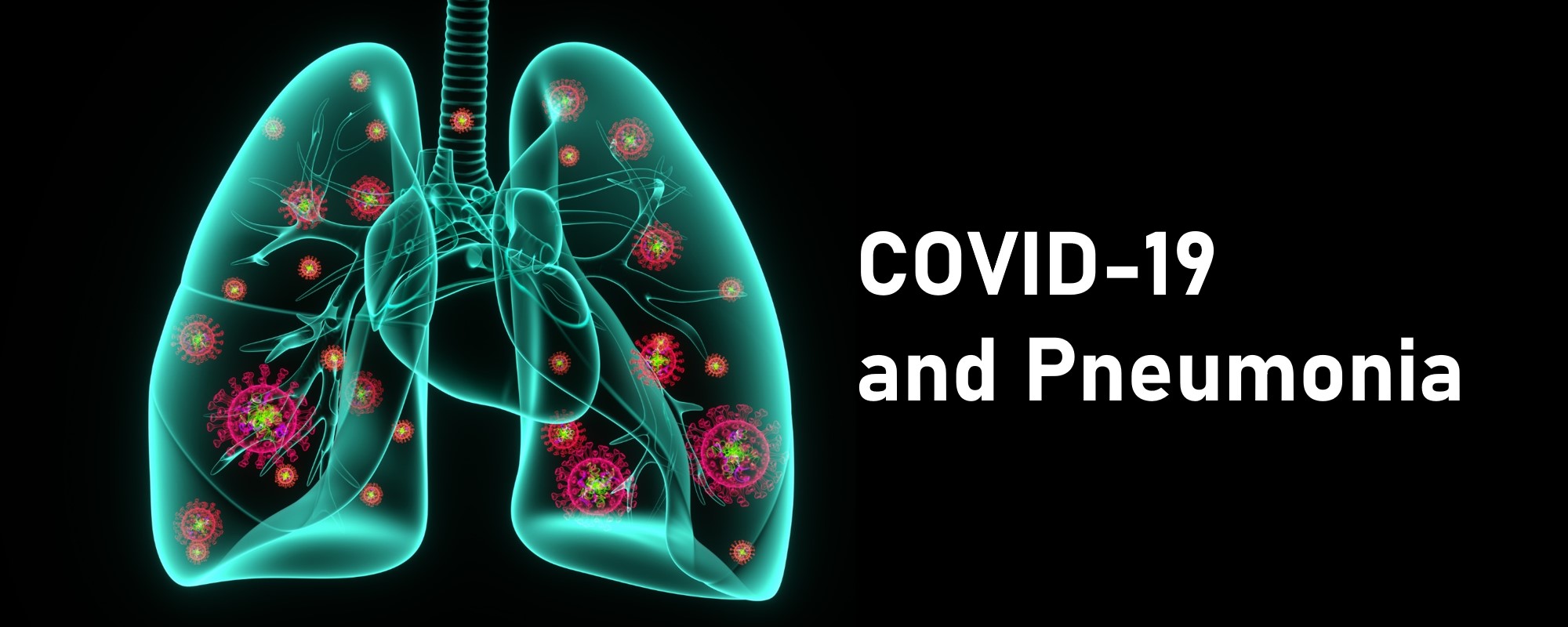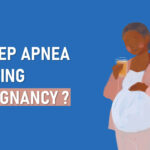- Swastik Clinic, Ahmedabad, GJ, IND
- Call: 8849867169 (For Appointment)
- Mon - Sat: 10 AM - 08 PM
- Sun: Only Emergencies
COVID-19 and Pneumonia – What is the Relation?

COVID-19 and Pneumonia – What is the Relation?
Pneumonia is a severe lung infection. In some people, it can be fatal, especially pneumonia in elderly people and those with respiratory disorders. You may have severe shortness of breath, a cough, a fever, chest pain, chills, or fatigue.
COVID-19, the disease the novel coronavirus causes, can spread to the lungs, causing pneumonia in both lungs.
What is novel coronavirus-infected pneumonia?
The illness tied to the new coronavirus was originally called novel coronavirus-infected pneumonia (NCIP). The World Health Organization renamed it COVID-19, which is short for coronavirus disease 2019.
COVID-19 Pneumonia Symptoms
- Rapid heartbeat
- Shortness of breath or breathlessness
- Rapid breathing
- Dizziness
- Heavy sweating
Differentiating between bacterial pneumonia and viral COVID-19 pneumonia is difficult in primary care. During the current pandemic, patients presenting with pneumonia symptoms are more likely to have viral COVID-19 pneumonia given the increasing prevalence of the virus.
| Viral COVID-19 Pneumonia | Bacterial Pneumonia |
| Severe muscle pain | Rapid deterioration of condition after a few days of symptoms |
| Sense of smell has been lost | No history of typical COVID-19 symptoms |
| Breathlessness with no associated chest pain when breathing | Sharp or stabbing chest pain when breathing |
| History of exposure to a confirmed or suspected case of COVID-19 | Purulent sputum |
| Has typical COVID-19 symptoms that have been present for around a week |
How does COVID-19 affect the lungs?
People with COVID-19 pneumonia experience changes in their lungs, including:
- inflammation that may be so severe, it damages the lungs’ alveoli
- fluid accumulation in the lungs
- gas exchange difficulties that make it hard to get enough oxygen or expel enough carbon dioxide
- fluid leaking out of blood vessels in the lungs
Who is most at risk of COVID-19 pneumonia?
Anyone can get COVID-19 pneumonia, but it’s more likely in people who are 65 or older. Those who are 85 or older are at the highest risk. People with conditions that weaken the lungs or immune system could be vulnerable to COVID-19 pneumonia. Conditions include:
- Diabetes
- Blood pressure
- Heart disease
- Kidney or liver disease
- Asthma or any breathing disorders
- Cancer
Treatment for COVID-19 pneumonia
Doctor can diagnose COVID-19 pneumonia based on your symptoms and lab test results. According to CDC, care for patients with severe COVID-19 typically focuses on managing the complications. If a person is suspected experiencing pneumonia, they may prescribe antibiotics even though this will not treat COVID-19.
Patients with more severe pneumonia may need to stay in the hospital isolation ward, wherein they may receive intravenous (IV) fluids and monitoring and even ventilator if needed.
SEE ALSO: Asthma and COVID-19: What Should Asthma Patient Be Doing?
COVID-19 Pneumonia Prevention – We can always take precautions
If you’re in a high-risk group for COVID-19 pneumonia, take these steps to prevent infection:
- Avoid contact with people outside their own household, as much as possible.
- Wash hands frequently. Do so by using soap and warm water.
- Regularly clean and disinfect surfaces in your home that you touch often.
- Remain at home and do not go out into public places if sick.
TAKE CARE OF YOURSELF…!
Recent Posts
Archives
- April 2022
- January 2022
- December 2021
- November 2021
- August 2021
- July 2021
- June 2021
- May 2021
- April 2021
- March 2021
- February 2021
- January 2021
- December 2020
- November 2020
- October 2020
- September 2020
- August 2020
- July 2020
- June 2020
- May 2020
- April 2020
- March 2020
- February 2020
- January 2020
- December 2019
- November 2019
- October 2019
- September 2019
- August 2019
- July 2019
Categories
Recent Posts


I Got Covid-19 & Have Asthma – What Now?
09th Jan 2022
